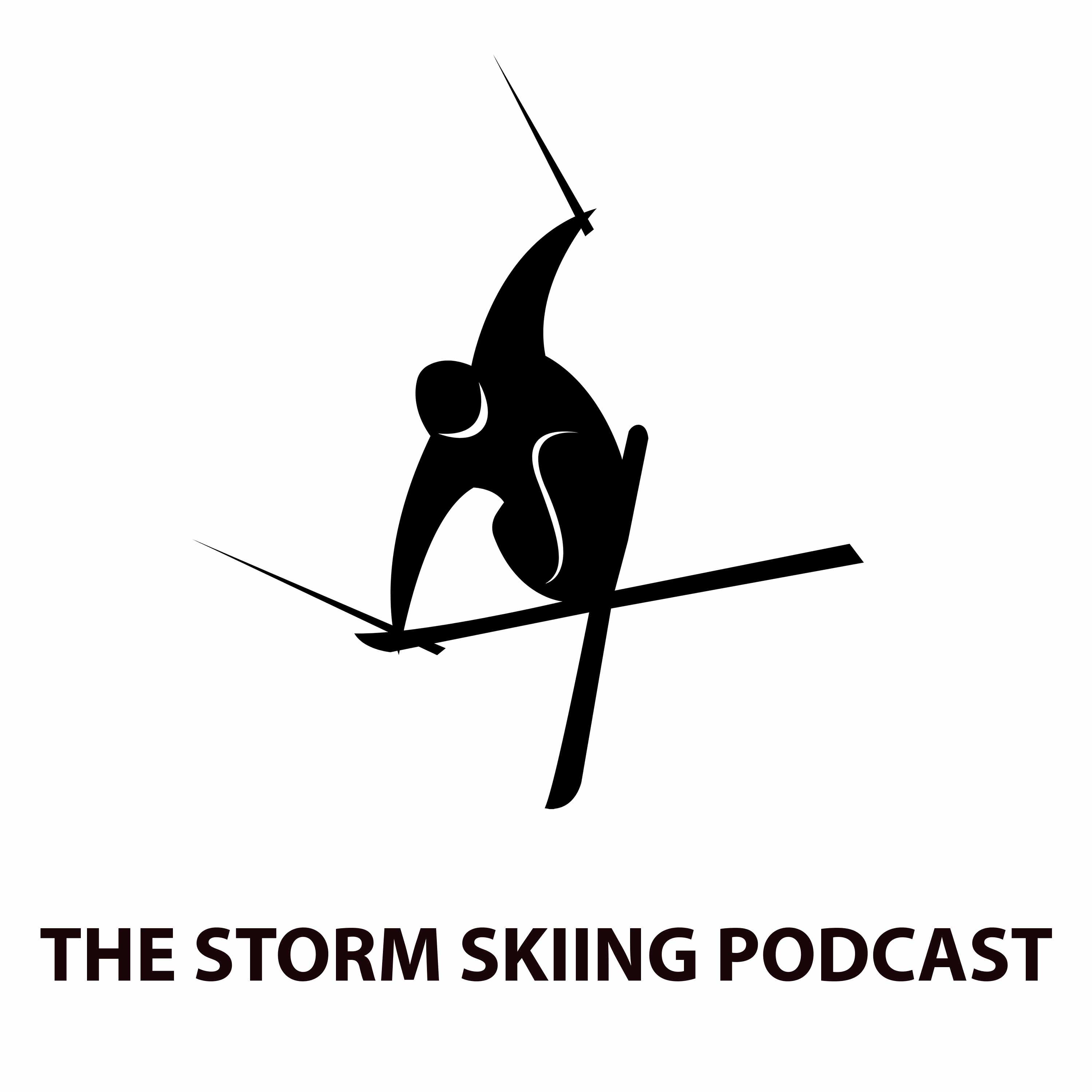Podcast #175: Whistler Blackcomb Vice President & COO Belinda Trembath
Description
This podcast hit paid subscribers’ inboxes on June 10. It dropped for free subscribers on June 17. To receive future pods as soon as they’re live, and to support independent ski journalism, please consider an upgrade to a paid subscription. You can also subscribe to the free tier below:
Who
Belinda Trembath, Vice President & Chief Operating Officer of Whistler Blackcomb, British Columbia
Recorded on
June 3, 2024
About Whistler Blackcomb
Click here for a mountain stats overview
Owned by: Vail Resorts (majority owners; Nippon Cable owns a 25 percent stake in Whistler Blackcomb)
Located in: Whistler, British Columbia
Year founded: 1966
Pass affiliations:
* Epic Pass: unlimited
* Epic Local Pass: 10 holiday-restricted days, shared with Vail Mountain and Beaver Creek
Closest neighboring ski areas: Grouse Mountain (1:26), Cypress (1:30), Mt. Seymour (1:50) – travel times vary based upon weather conditions, time of day, and time of year
Base elevation: 2,214 feet (675 meters)
Summit elevation: 7,497 feet (2,284 meters)
Vertical drop: 5,283 feet (1,609 meters)
Skiable Acres: 8,171
Average annual snowfall: 408 inches (1,036 centimeters)
Trail count: 276 (20% easiest, 50% more difficult, 30% most difficult)
Lift count: A lot (1 28-passenger gondola, 3 10-passenger gondolas, 1 8-passenger gondola, 1 8-passenger pulse gondola, 8 high-speed quads, 4 six-packs, 1 eight-pack, 3 triples, 2 T-bars, 7 carpets – view Lift Blog’s inventory of Whistler Blackcomb’s lift fleet) – inventory includes upgrade of Jersey Cream Express from a quad to a six-pack for the 2024-25 ski season.
Why I interviewed her
Historical records claim that when Lewis and Clark voyaged west in 1804, they were seeking “the most direct and practicable water communication across this continent, for the purposes of commerce.” But they were actually looking for Whistler Blackcomb.
Or at least I think they were. What other reason is there to go west but to seek out these fabulous mountains, rising side by side and a mile* into the sky, where Pacific blow-off splinters into summit blizzards and packed humanity animates the village below?
There is nothing else like Whistler in North America. It is our most complete, and our greatest, ski resort. Where else does one encounter this collision of terrain, vertical, panorama, variety, and walkable life, interconnected with audacious aerial lifts and charged by a pilgrim-like massing of skiers from every piece and part of the world? Europe and nowhere else. Except for here.
Other North American ski resorts offer some of these things, and some of them offer better versions of them than Whistler. But none of them has all of them, and those that have versions of each fail to combine them all so fluidly. There is no better snow than Alta-Snowbird snow, but there is no substantive walkable village. There is no better lift than Jackson’s tram, but the inbounds terrain lacks scale and the town is miles away. There is no better energy than Palisades Tahoe energy, but the Pony Express is still carrying news of its existence out of California.
Once you’ve skied Whistler – or, more precisely, absorbed it and been absorbed by it – every other ski area becomes Not Whistler. The place lingers. You carry it around. Place it into every ski conversation. “Have you been to Whistler?” If not, you try to describe it. But it can’t be done. “Just go,” you say, and that’s as close as most of us can come to grabbing the raw power of the place.
*Or 1.6 Canadian Miles (sometimes referred to as “kilometers”).
What we talked about
Why skier visits dropped at Whistler-Blackcomb this past winter; the new Fitzsimmons eight-passenger express and what it took to modify a lift that had originally been intended for Park City; why skiers can often walk onto that lift with little to no wait; this summer’s Jersey Cream lift upgrade; why Jersey Cream didn’t require as many modifications as Fitzsimmons even though it was also
More Episodes
Published 11/17/24
Published 11/12/24


